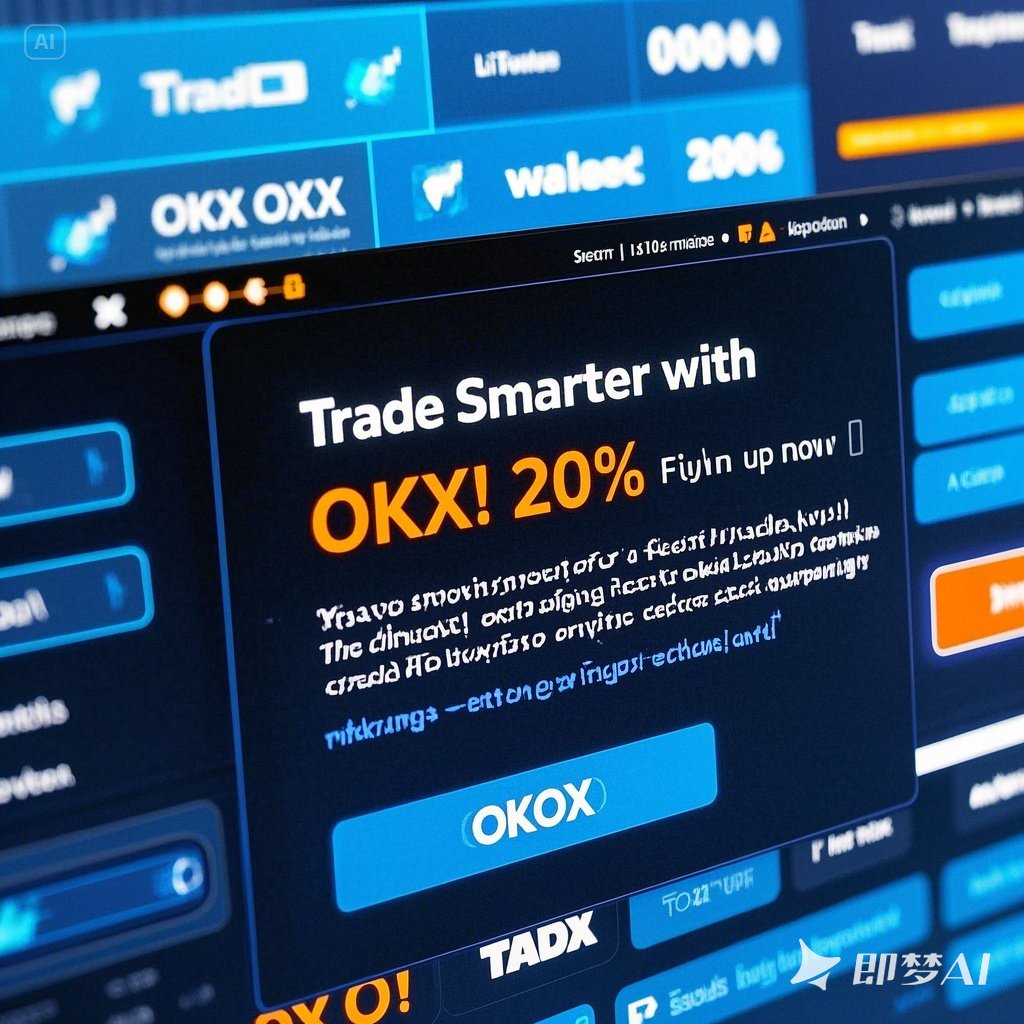Top AI-Powered Crypto Trading Strategies: Boost Your Profits with Smart Algorithms in 2024
Introduction to Artificial Intelligence in Crypto Trading
Introduction to Artificial Intelligence in Crypto Trading
Risk Management Techniques in AI-Driven Trading
In the fast-paced world of financial markets, risk management is paramount to ensuring sustainable success. As artificial intelligence (AI) continues to revolutionize trading strategies, it has also introduced sophisticated tools and techniques for managing risks effectively. Below are key risk management techniques used in AI-driven trading.
1. Stop-Loss Orders
One of the most fundamental risk management techniques in AI-driven trading is the use of stop-loss orders. These orders automatically sell an asset when its price falls below a specified threshold, limiting potential losses. AI algorithms can dynamically adjust these thresholds based on market volatility, ensuring that traders are protected even during sudden downturns.
2. Position Sizing
Position sizing refers to determining how much capital should be allocated to a single trade. AI-driven systems analyze historical data and current market conditions to optimize position sizes, balancing the potential return against the associated risk. This ensures that no single trade can cause catastrophic damage to a portfolio.
3. Diversification
Diversification is a cornerstone of risk management across all investment strategies, including those powered by AI. By spreading investments across multiple assets or markets, AI algorithms reduce exposure to any single point of failure. Advanced machine learning models can identify optimal diversification strategies tailored to individual investor goals and risk tolerances.
4. Volatility Analysis
Volatile markets pose significant risks to traders. AI-driven systems employ advanced statistical models to measure and predict market volatility. Based on these predictions, the system can adjust trading parameters, such as reducing leverage or increasing stop-loss distances, to mitigate downside risks while maintaining profitability.
5. Machine Learning-Based Risk Scoring
Machine learning algorithms can assign risk scores to various trades or portfolios. These scores are calculated using factors like historical performance, market trends, and macroeconomic indicators. Traders can use this information to prioritize high-risk trades for closer monitoring or avoid them altogether, depending on their risk appetite.
6. Real-Time Monitoring and Alerts
Real-time monitoring is essential in AI-driven trading. Automated systems continuously track market movements and alert traders to potential risks. For example, if a stock’s price deviates significantly from its expected trajectory, the AI can trigger alerts to prompt immediate action or automatically execute pre-defined risk mitigation strategies.
7. Stress Testing and Scenario Analysis
Stress testing involves simulating extreme market scenarios to assess the resilience of trading strategies. AI-powered systems can run thousands of simulations to evaluate how portfolios might perform under adverse conditions. This helps traders prepare for worst-case scenarios and implement contingency plans accordingly.
8. Regular Model Reevaluation
As markets evolve, so too must trading models. AI-driven systems regularly reevaluate their underlying algorithms to ensure they remain effective. This includes recalibrating risk parameters, updating training datasets, and incorporating new market insights. Such proactive measures help maintain robustness against changing market dynamics.
Conclusion
AI-driven trading offers unprecedented opportunities for risk management through its ability to process vast amounts of data and adapt quickly to market changes. By leveraging techniques such as stop-loss orders, position sizing, and real-time monitoring, traders can minimize risks while maximizing returns. However, it is crucial to remember that no strategy is foolproof; continuous vigilance and adaptation are key to thriving in today’s dynamic financial landscape.
Ethical Considerations and Market Regulations
Ethical Considerations and Market Regulations
In the rapidly evolving landscape of blockchain and cryptocurrency, ethical considerations and market regulations play a pivotal role in shaping the future of digital assets. As decentralized technologies gain traction, they introduce new challenges that require careful navigation to ensure fairness, transparency, and accountability.
Transparency in Operations
One of the core tenets of ethical practices in the crypto space is transparency. While blockchain itself is inherently transparent due to its distributed ledger technology, ensuring that exchanges, wallets, and other platforms operate with clear policies is essential. Regulators worldwide are increasingly emphasizing the need for businesses to disclose their operational mechanisms, including how user data is handled, fees are structured, and funds are safeguarded. This commitment to openness builds trust among users, which is crucial for the long-term viability of the ecosystem.
Data Privacy and Security
The intersection of data privacy and security presents another critical ethical consideration. Cryptocurrencies often involve sensitive personal information, making it imperative for companies to adhere to stringent data protection standards such as GDPR (General Data Protection Regulation) or CCPA (California Consumer Privacy Act). Ensuring robust cybersecurity measures not only protects user data but also fortifies the integrity of the entire network against potential threats like hacking or fraud.
Fairness in Trading Practices
Market fairness is another key area where ethical guidelines come into play. High-frequency trading algorithms and insider knowledge can create an uneven playing field if left unchecked. Regulatory bodies are working to implement rules that prevent predatory behaviors and promote equitable access to markets for all participants. Initiatives such as circuit breakers, price stabilization mechanisms, and mandatory disclosure requirements help maintain order in volatile crypto markets.
Anti-Money Laundering (AML) Compliance
As cryptocurrencies become more integrated into global financial systems, anti-money laundering compliance becomes increasingly important. Governments around the world have introduced frameworks requiring exchanges to verify customer identities and monitor suspicious activities. These efforts aim to prevent illicit transactions while balancing individual freedoms with collective security concerns.
Regulatory Frameworks Across Jurisdictions
Different countries adopt varying approaches towards regulating cryptocurrencies. Some nations embrace innovation by fostering open regulatory environments conducive to growth, whereas others impose strict controls or outright bans. For instance, Singapore has established itself as a hub for crypto firms thanks to its progressive yet cautious stance, while China has banned domestic crypto trading entirely. Navigating these diverse legal landscapes requires careful attention to local laws and international best practices.
Education and Awareness
Educating both industry professionals and consumers about ethical norms and regulatory obligations is vital. Misunderstandings about how crypto works could lead to unintentional violations of regulations or exploitation by malicious actors. By promoting awareness campaigns focused on responsible investing, safe storage solutions, and legitimate business practices, stakeholders can collectively contribute to healthier market conditions.
Conclusion
While blockchain technology offers immense opportunities for innovation, its adoption must be accompanied by strong ethical foundations and comprehensive regulatory oversight. Striking the right balance between fostering creativity and maintaining control ensures sustainable development within this dynamic sector. As we move forward, continued dialogue between policymakers, technologists, and end-users will be indispensable in addressing emerging issues effectively.
Monitoring and Optimizing Your AI-Powered Trading System
Monitoring and Optimizing Your AI-Powered Trading System
Once you have successfully implemented an AI-powered trading system, the journey doesn’t end there. Continuous monitoring and optimization are essential to ensure that your system performs optimally over time. These processes involve tracking performance metrics, analyzing market trends, and making necessary adjustments to keep your system aligned with evolving market dynamics.
Key Metrics to Monitor
To effectively monitor your AI trading system, it’s crucial to track several key performance indicators (KPIs). These include:
Win Rate: The percentage of trades that result in profit. Average Profit/Loss: The average gain or loss per trade. Total Returns: The cumulative profit or loss generated by the system over a specific period. <strong_Max Drawdown: The maximum loss from a peak to a trough during a specific period. Sharpe Ratio: A measure of risk-adjusted return, indicating how well the returns compensate for the risks taken.
Regularly reviewing these metrics will help you understand the system’s performance and identify any areas that require attention.
Data Analysis and Market Trends
AI systems rely heavily on data to make informed decisions. As such, staying updated with the latest market trends is vital. Analyzing historical data can provide insights into how the market behaves under different conditions, helping you refine your system’s parameters. Additionally, keeping an eye on macroeconomic factors, geopolitical events, and emerging technologies can enhance your ability to anticipate market movements.
Machine learning models can be retrained periodically using fresh data to adapt to new patterns and improve accuracy. This iterative process ensures that your system remains robust and responsive to changing market conditions.
Optimization Techniques
Optimizing your AI trading system involves fine-tuning various components, including algorithms, hyperparameters, and decision-making logic. Here are some techniques you can employ:
Hyperparameter Tuning: Adjusting settings such as learning rates, batch sizes, and regularization parameters to improve model performance. Feature Engineering: Enhancing the quality of input data by creating new features or removing irrelevant ones. Model Ensemble: Combining multiple models to leverage their strengths and reduce errors. Backtesting: Simulating the system’s performance on past data to evaluate its effectiveness before deploying it in live markets.
Regular optimization not only improves the system’s efficiency but also reduces the likelihood of overfitting, where the model becomes too tailored to historical data and fails to generalize well to future scenarios.
Risk Management and Safety Checks
While monitoring and optimizing your system, it’s equally important to implement strong risk management strategies. Setting stop-loss orders, diversifying trades, and maintaining adequate capital buffers can protect your portfolio from significant losses. Additionally, incorporating safety checks within your AI system—such as limiting trade sizes or halting operations during extreme market volatility—can further safeguard your investments.
By combining rigorous monitoring practices with proactive optimization efforts, you can build a resilient AI-powered trading system capable of thriving in dynamic financial environments. Remember, the goal is not just to maximize profits but to achieve sustainable growth while minimizing risks.











